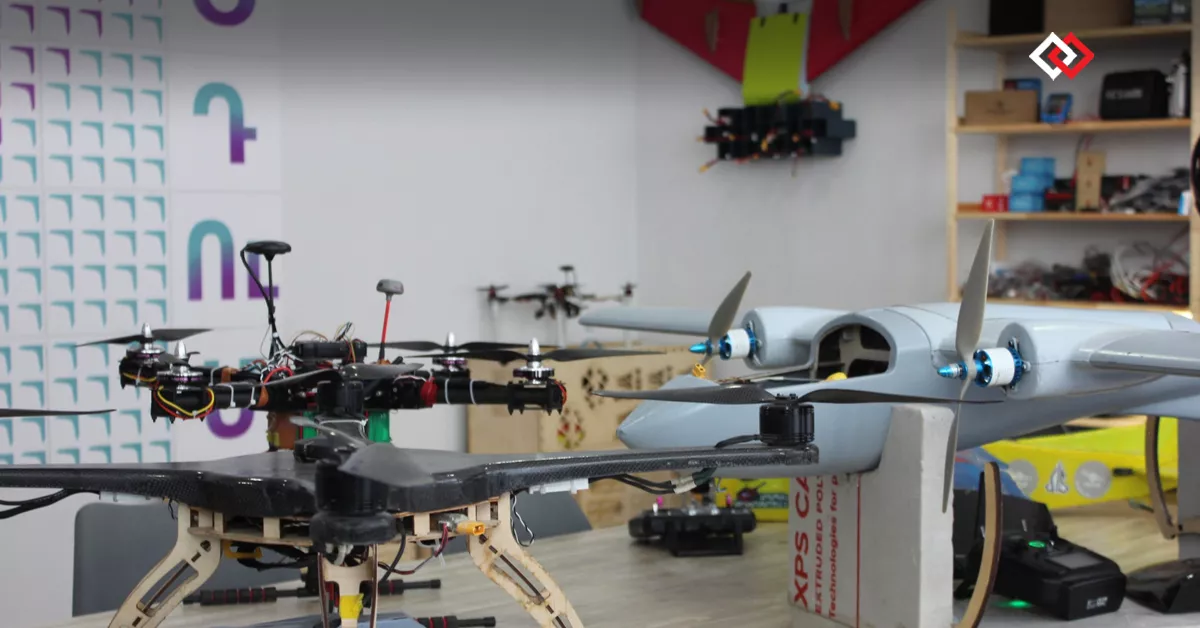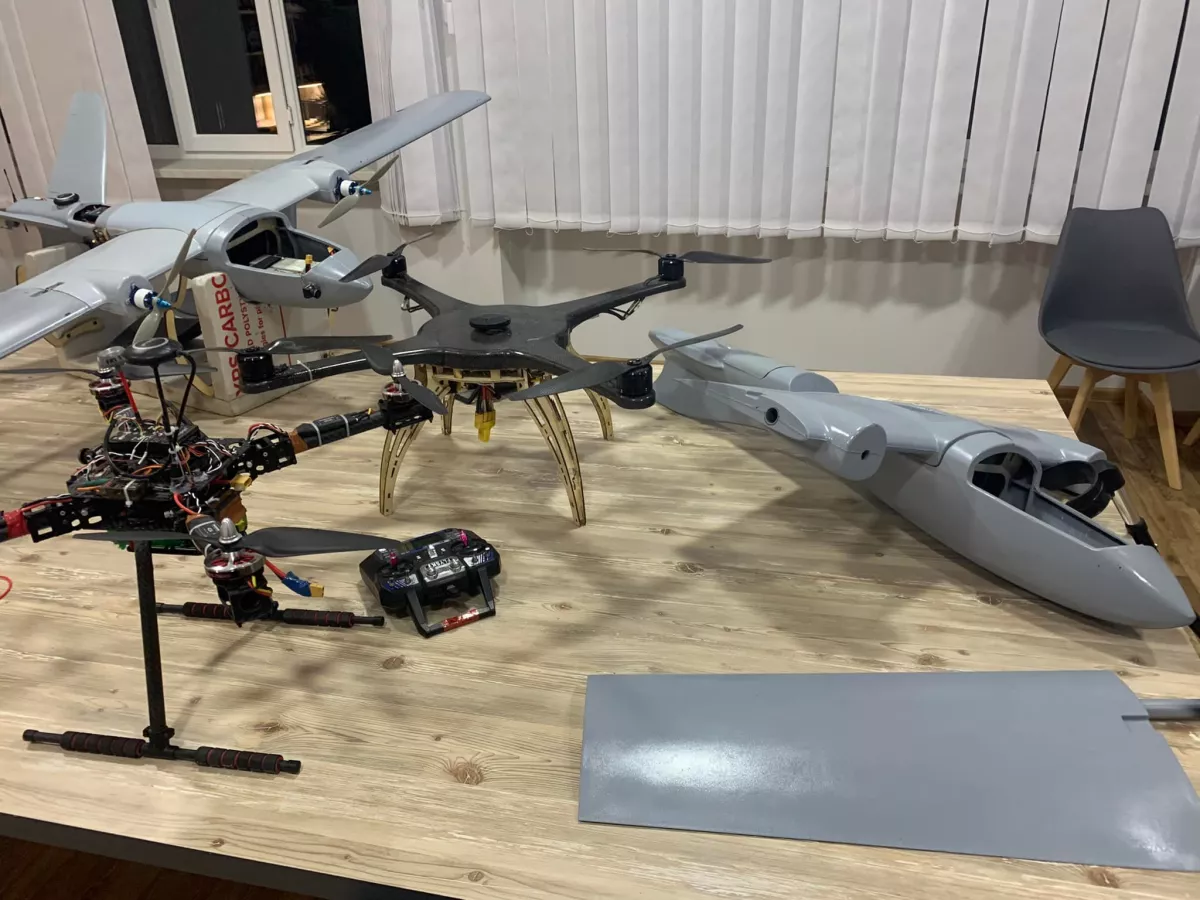“Aeromodelling clubs” as potential operators of combat drones What are children being prepared for in Armenia?
In recent years, Armenia has seen a sharp increase in the activity of so-called “aeromodelling clubs.” At first glance, especially to older and middle-aged people who remember the Soviet era, there may seem to be nothing unusual here. After all, in Soviet times, aeromodelling was quite well developed: magazines were published, and even small towns had their own clubs where children and adults built models by hand. City, regional, union-wide, and even international competitions were held regularly.
However, the situation in Armenia, which we will discuss below, is fundamentally different from the pastime and technical creativity of Soviet schoolchildren.
The fact is that in Armenia, under the guise of technical education for youth, there is a large-scale development of FPV drones and training of children and teenagers in conducting combat operations. One of the most advanced projects in this field is ArMath (a consortium of several technical companies), whose laboratories were also established in almost all schools in Karabakh during its years of occupation. Let us present the facts.
In February of this year, Araksia Svajyan, Deputy Minister of Education, Science, Culture, and Sports of Armenia, announced at the annual meeting of the Union of Advanced Technology Enterprises (UATE) of the Republic that about 16,000 children are being trained in ArMath engineering laboratories in Armenian schools. There are already over 650 such laboratories across all schools in Armenia. In 2024, 17 new laboratories were opened, including two focused on studying unmanned aerial vehicles. Funding for these laboratories is shared between the government and UATE: the government pays the salaries of the laboratory teachers, while UATE provides the equipment for them.

And now attention: in 2025, the Armenian government increased funding for these laboratories by 100 million drams, to 900 million (about $2.26 million). So what are Armenian schoolchildren doing in these “aeromodelling clubs” inside the ArMath engineering labs? They are building FPV drones intended, among other things, for military use. These drones are fitted with special mounts for carrying munitions, use secure communications channels and are resistant to the effects of the enemy’s electronic‑warfare measures. It is not hard to imagine that at the first opportunity, the activities of these “clubs” will be re‑purposed to conduct localised combat operations, with financing coordinated through the diaspora and components delivered under the guise of civilian cargo.

A large-scale campaign to attract children and teenagers into this field has been carried out in recent years. One example is material from the page of Khachatur Tadevosyan — a former project coordinator of the ArMath initiative mentioned above. From the posted materials, it appears that Tadevosyan not only coordinated the manufacture of FPV drones but also organised sessions in Gyumri on operating compact UAVs under combat-use scenarios.
In several video clips, FPV drones are seen carrying a “payload” such as a one‑litre plastic water bottle and other cylindrical loads. These elements resemble the warhead shape of shaped‑charge rocket grenades for the RPG‑7, which have been widely used on the Ukrainian theatre of operations in precisely this configuration: the tail section of the projectile is attached to the top of the drone’s frame while the warhead hangs beneath. Training to operate FPV drones with real, heavy external loads allows a novice operator to understand the physics of the vehicle in flight. About six months ago, a laboratory for developing and piloting FPV drones — Angx (Stervyatnik) — began a programme to recruit candidates to become UAV operators. It cannot be ruled out that operators who completed free internships at this organisation could be recruited for combat operations in Ukraine as contracted personnel for the Russian Armed Forces, and could also form a reserve for Armenian military units in the event of a conflict with Azerbaijan.
Here is yet another piece of evidence that Armenian laboratories for drone modelling are oriented toward military purposes. One of the ArMath laboratories operates in Dilijan, within the Monte Melkonyan Military School.
At the same time, it is important to emphasise that involving teenagers and schoolchildren does not only serve the purpose of recruiting personnel, but also socialises them into this field: children who complete such courses acquire professional skills. In the event of escalation, this creates a hidden personnel reserve. In the regional context, this situation cannot be viewed in isolation from the broader security picture: the militarisation of “aeromodelling clubs,” particularly with state funding, clearly indicates that revanchist sentiments persist in Armenia and could emerge at a certain moment.








